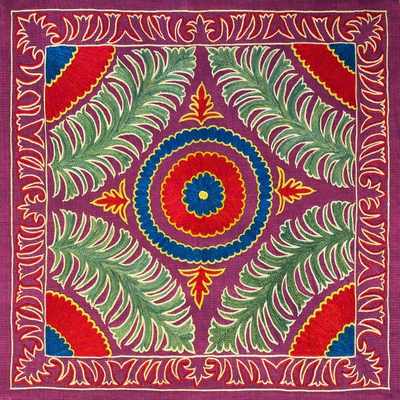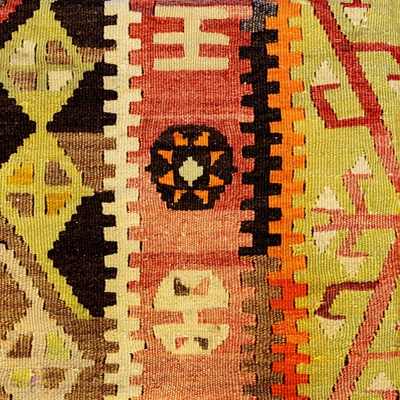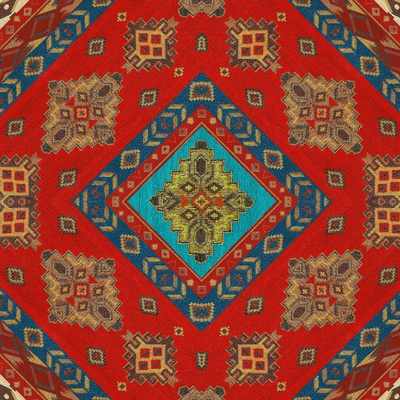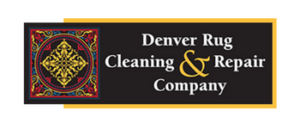Rug Repair Denver
Rugs can add warmth, comfort, and beauty to any room in your home. However, over time, rugs can become stained, torn, or faded, and need to be repaired. The professional process of repairing a rug involves several steps, from assessment and cleaning to repairing and restoring. We will explore the different stages of the professional rug repair process so that you can understand what to expect when you take your rug to a specialist for repair.
Assessment
The first step in the professional rug repair process is to assess the rug. One of our skilled rug repair specialists will carefully examine the rug to determine the type of damage it has sustained and the best way to repair it. This may involve taking photographs, measuring the rug, and looking for any signs of wear or damage, such as tears, fraying, or staining. The specialist will also assess the rug’s age, origin, and quality, as these factors can affect the repair process.
Cleaning
Before any repairs can be made, the rug must be cleaned. This is an important step in the process, as dirt, dust, and other debris can interfere with the repair process and affect the final result. We use specialized equipment and techniques to deep clean your rug, removing dirt, dust, and other particles that can cause damage over time. They may also use special solutions to treat any stains or discoloration, ensuring that the rug is in the best possible condition for repair.
Repairing
Once the rug has been cleaned, the repair process can begin. The type of repair required will depend on the type and extent of the damage. For example, if the rug has a tear, the specialist may need to stitch it back together. If the rug has frayed edges, it may need to be trimmed and bound to prevent further damage. If the rug has staining or discoloration, the specialist may need to apply special dyes or treatments to restore its color and vibrancy.
One of the most common types of repairs is patching. This involves removing the damaged area of the rug and replacing it with a new piece of fabric that matches the color and texture of the original rug. This process can be done by hand or by machine, and the patch should be carefully sewn or glued into place to ensure that it is secure and will not come loose over time.
Another common repair is reweaving. This is necessary when the foundation of the rug has become weak or damaged, and the specialist will need to weave new fibers into the rug to strengthen it. This process can be time-consuming and complex, and the specialist will need to carefully match the weave pattern and color of the original rug to ensure that the repair is seamless and does not detract from the overall appearance of the rug.
Restoration
Once the repairs have been made, the rug may need to be restored. This may involve trimming any frayed edges, brushing the pile to restore its texture and shine, and applying special treatments to protect the rug from future damage. We may also recommend applying a protectant to the rug, which will help to repel dirt, dust, and other particles, and extend the life of the rug.
The professional process of repairing a rug can take time depending on the extent of the damage and the type of repairs required. However, the end result will be a rug that is restored to its original beauty and durability, and that will provide you with many years of use and enjoyment!



